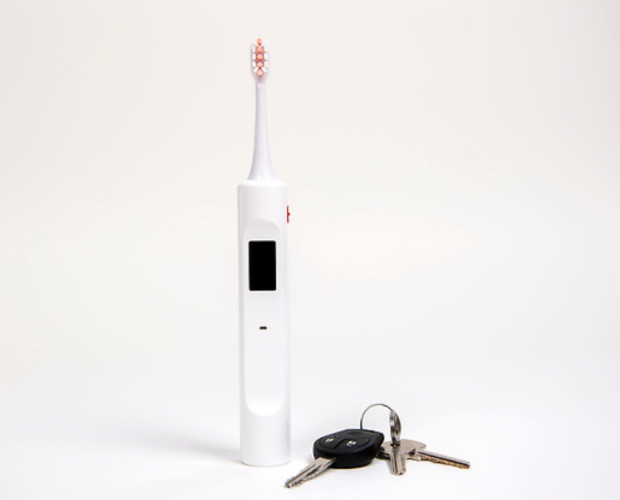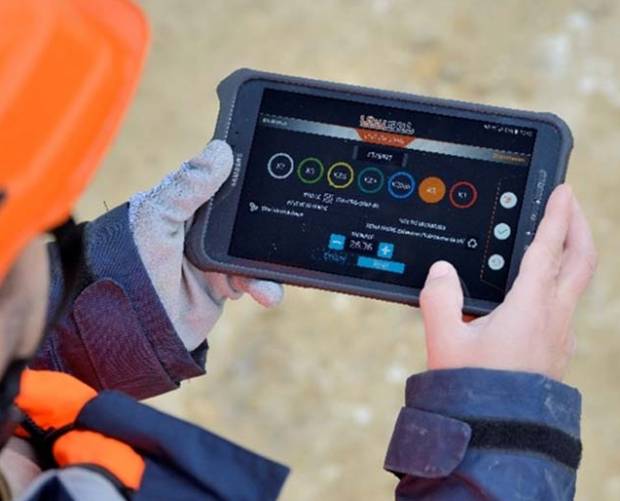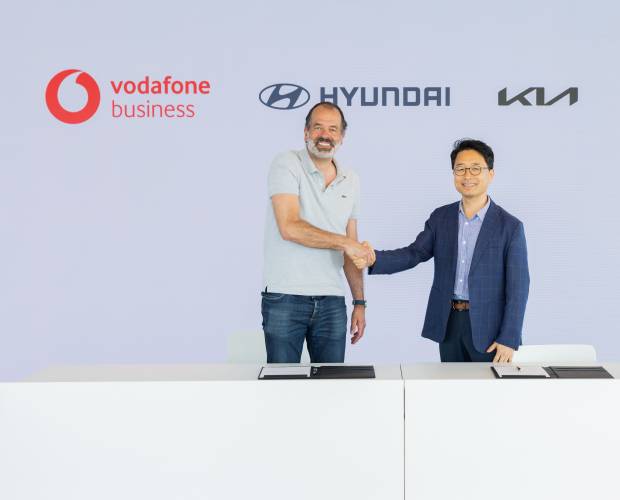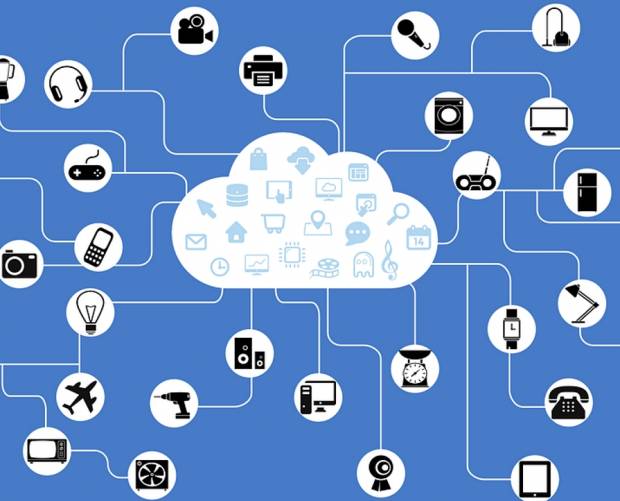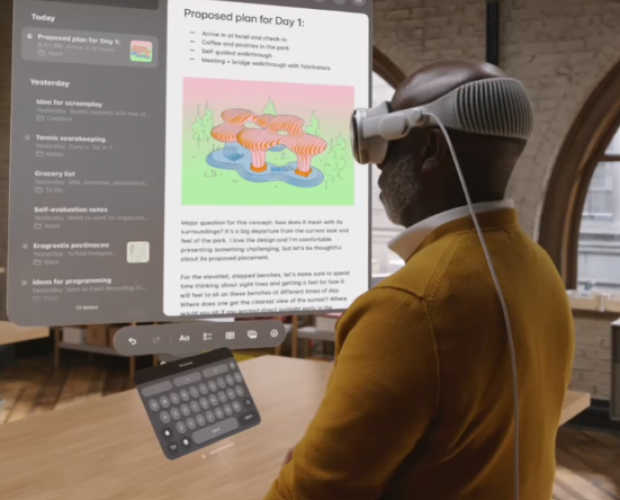 A couple of years ago, every time I spoke with a company called Airwide Solutions, the message seemed to be the same. They were calling on mobile operators to open up their APIs to developers. The operators, after all, have more knowledge than anyone about where their customers are, what they do on their phones and all sorts of other potentially useful stuff. And Airwide could see how much better app developers, among others, could make their apps if they could get the operators to cooperate.
A couple of years ago, every time I spoke with a company called Airwide Solutions, the message seemed to be the same. They were calling on mobile operators to open up their APIs to developers. The operators, after all, have more knowledge than anyone about where their customers are, what they do on their phones and all sorts of other potentially useful stuff. And Airwide could see how much better app developers, among others, could make their apps if they could get the operators to cooperate.
At the time, Airwide seemed to be, how can I put this, relieving itself into a strong gale (or pi**ing in the wind to be more colloquial). But Deutsche Telekom’s launch of its M2M Developer Community, plus the stuff that Telefonica is doing with its Telefonica Digital business unit, suggests that perhaps, if you keep knocking on the same door for long enough, eventually, someone in a big comfy chair will get so fed up they have to get out of it to let you in.
But actually, I’m not sure how much any of this has to do with mobile marketing in the purest sense. With a few notable exceptions – Turkcell and Telefonica Digital spring to mind – I don’t think mobile operators get mobile marketing yet. Or more to the point, they don’t see any reason to get it, where the unit of measurement for reason is dollars.
But M2M is something completely different for mobile operators. Or rather, something completely the same. The same as what they know best, that is. A SIM card, inserted into a device – though instead of a phone, it’s a vending machine, or a fridge, or a car or a pipeline – that then proceeds, over several years, to run up a huge data bill, albeit in microscopic increments.
Combine that with the figures – according to the OECD, there are currently 5bn networked machines out there, and this figure is expected to grow ten-fold by 2020 – and it’s not hard to understand why mobile operators are so keen on M2M. As for mobile marketing…






